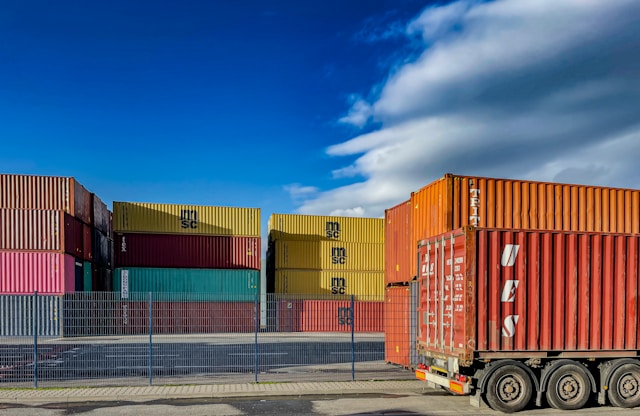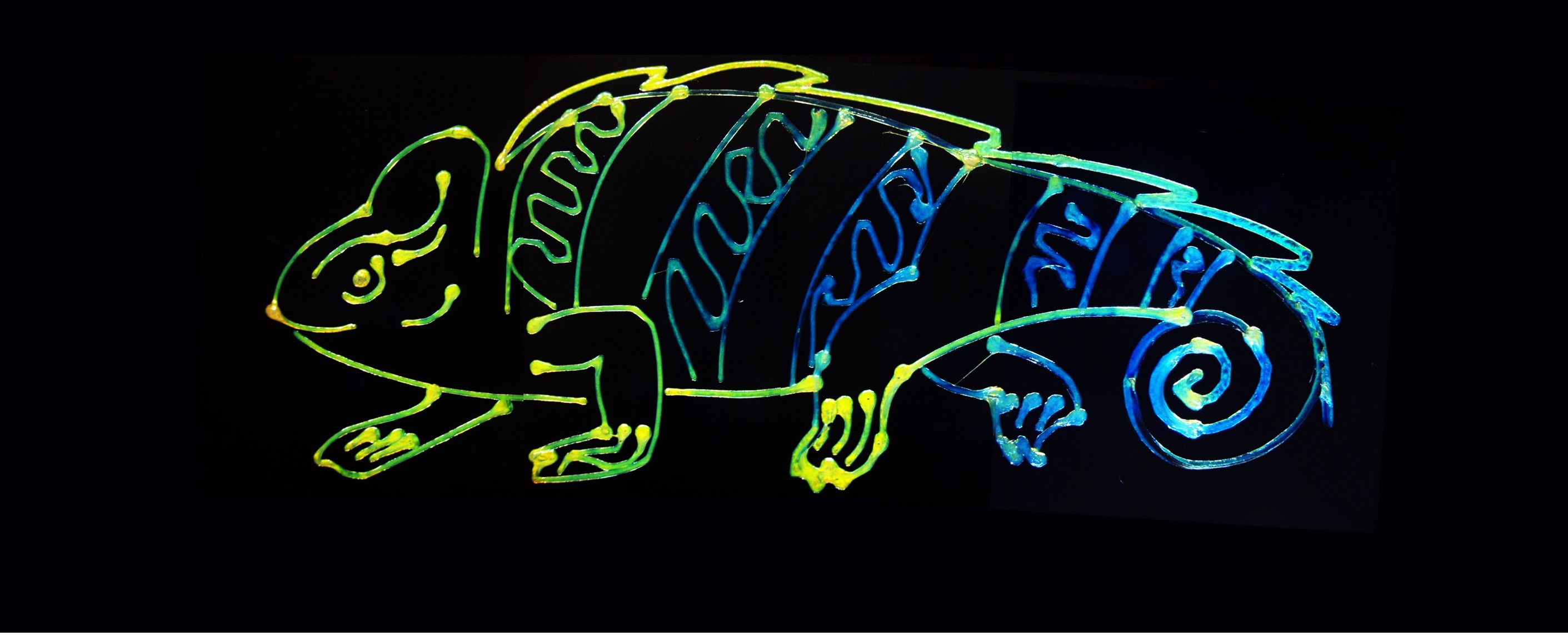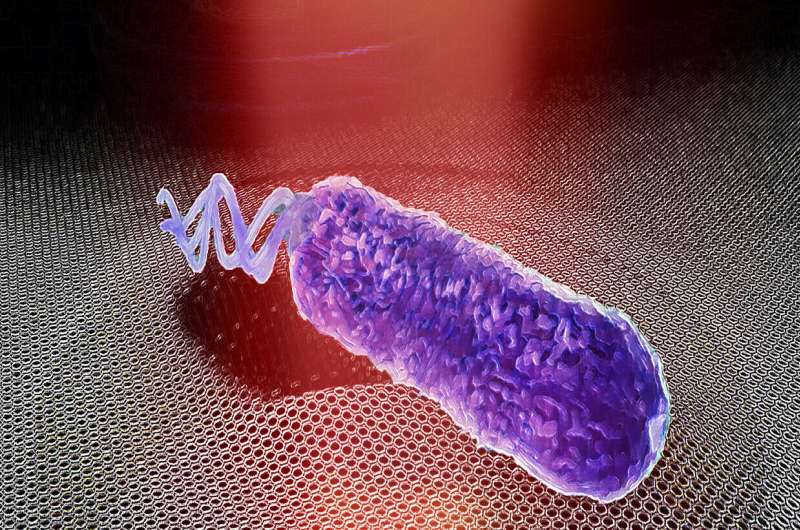Rice and Its Environmental Impact
Rice, a staple food for billions, is also a significant contributor to climate change. The crop that nourishes almost half of the global population carries a significant carbon footprint. A startup is now offering innovative solutions to small farmers in Southeast Asia, enabling them to reduce emissions by up to 35 percent.
The Challenge of Livestock and Rice Cultivation
As the quest for more sustainable practices continues, livestock farming has faced scrutiny for its substantial emissions. While scientists seek to mitigate these impacts, Singapore-based Rize is focusing on rice cultivation, the second-largest source of greenhouse gases after livestock farming.
Traditional Rice Farming Practices
To cultivate rice, farmers inundate their fields with water to deter pests and suppress weeds that can drain soil nutrients. However, this method creates an environment conducive to anaerobic organisms, which thrive without oxygen and subsequently release methane. Although this technique has been used for centuries, the problem has intensified as rice production has reached unprecedented levels.
Introducing AWD: A Sustainable Solution
Research indicates that alternating wetting and drying (AWD) can reduce methane emissions by up to 50 percent compared to traditional flooding. This technique involves initially wetting the field and then allowing it to dry completely before re-wetting. Experts explain that when the field dries, the rice plant’s roots extend in search of water. When water is reintroduced, the plant experiences enhanced growth, boosting yield. This method also enables rice cultivation with less water, promoting sustainability.
Rize’s Role in Reducing Emissions
Rize is at the forefront of tackling methane emissions from rice cultivation in Southeast Asia. The region is a global rice production powerhouse, making it a critical battleground in the fight against climate change. According to Rize, the AWD method has achieved a 35 percent reduction in methane emissions and a 20 percent decrease in water usage. Furthermore, this approach has increased farmer incomes by 30 percent, proving that sustainable rice farming can also be economically beneficial.
The Future of Sustainable Rice Farming
“Our platform, and the data it captures, is pivotal in modernizing rice farming, leveraging technology to sustainably enhance yield and efficiency,” said Dhruv Sawhney, CEO of Rize, in a statement. “Given that producing a single bowl of rice requires over 200 liters of fresh water, and considering that the entire rice industry accounts for more than a third of the world’s irrigation water, the urgency to adopt sustainable methods is clear.”







